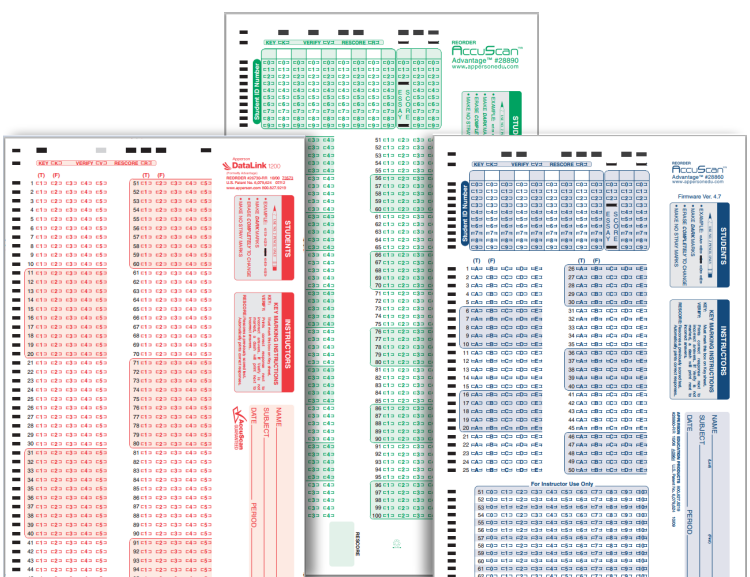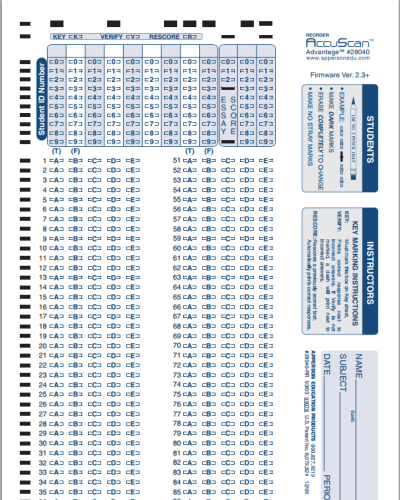
For many teachers, icebreakers can be seen as a necessary evil. Not only are they a straightforward way to learn more about the students that you’ll be teaching over the next year, they’re also useful for creating a sense of cohesion among the students themselves.
However, it can become challenging to find activities that are engaging and don’t have your students rolling their eyes. You also need to make sure that you aren’t asking students to reveal too much information about themselves, which can be challenging and stressful for those with anxiety.
Here are some creative ideas for icebreakers and group activities that can be used to engage your students at the beginning of classes.
1. The Marshmallow Challenge
In this activity, students are split into teams and must compete in order to build a structure out of 20 sticks of spaghetti, 1 yard of tape, 1 yard of string and 1 marshmallow. Groups have twenty minutes, and the winner is the one with the tallest freestanding structure with the marshmallow at the top when time runs out. This activity promotes teamwork and allows you to identify strengths and weaknesses within the classroom as students work together to complete their structure.
The inventor of the marshmallow challenge, Tom Wujec, delivered a Ted Talk in which he detailed the benefits of this challenge in professional environments.
2. Puzzle Challenge
It’s exactly what the name suggests - break your students into small groups and provide them with an identical puzzle to solve. The first group to finish the puzzle wins. Similar to the marshmallow challenge, this provides students with the opportunity to work together to reach a common goal and will allow you to identify potential leaders within your classroom. Make sure to find puzzles that are challenging enough that students don’t finish too quickly and become bored.
3. Blobs and Lines
This activity is designed to help students find things that they have in common and learn more about each other. It’s also a way to keep students moving and talking. Everyone is asked to either line themselves in a line according to a certain order (for example, by birthdate or alphabetically by last name) or into groups based on commonalities (for example, by eye color or whether they have freckles). Just make sure you pick traits that aren’t too revealing or could be potentially embarrassing for students. Instead, find innocuous facts that your students can bond over.
4. This or That
Similar to Blobs and Lines, this activity allows students to find common ground with their classmates. Students are asked a series of questions regarding their opinions on inoffensive topics (such as, “Do you prefer cats or dogs?” or “Which do you watch more - YouTube or Netflix?”) and then move to one side of the room or another depending on their answer. Students can then debate their opinions on each subject. This encourages students to get talking while finding out what they have in common with their classmates. If you’re having trouble thinking of appropriate questions to use in the activity, you can find plenty of lists online.
5. Classroom Bingo
This is an activity that gets students walking around and talking with each other one-on-one. This is an especially useful activity if you’re teaching a language-based subject, as it encourages students to practice their oral communication skills in that language. Students are provided with a bingo card that contains facts or qualities such “Has a sibling” or “Has travelled to Europe” and are then asked to find at least one student for each square without repeating a name. The first student to fill all of their squares is the winner of classroom bingo.
6. Werewolf
A popular party game that has been adapted and used successfully by teachers, Werewolf can be played by the entire classroom using a deck of cards or pieces of paper. You play the role of the moderator while most students take on the role of villagers and a small number are secretly assigned the role of werewolf.
The game is divided into night and day phases. During the night phases, the villagers close their eyes and the students who are werewolves then pick victims to kill without giving away their identity. During the day phases, the villagers find out who was killed during the night phase and then vote by majority rule to accuse someone of being a werewolf and vote to execute them, after which they find out if their accusation was correct. The goal of the game is for the villagers to execute all the werewolves while the werewolves are trying to kill as many villagers as possible. In addition to its merits as a fun roleplaying game, it forces students to use strategic thinking skills and communicate non-verbally if they are playing the role of Werewolf. It’s also infinitely replayable.
You can check out the full rules on the official website for Werewolf here.
7. Detective
Detective is a game developed for the classroom by Peter Pappas, in which students are split into groups and then tasked with solving a mystery. Each student is provided with a set of 4-5 clues to the case on pieces of paper which they’re not allowed to share with their group and are only allowed to discuss verbally. As a group, they then need to work together to answer a series of questions related to the mystery. This helps strengthen the group’s communication and teamwork skills, and forces every student to participate if they want to reach the correct conclusions. You can find the full set of materials on Pappas’ website here - he’s compiled two scenarios for students to solve, one which is a murder mystery and another which is a bank robbery.
Not inspired by this list? You can find some more ideas in the following resources:
- https://www.scoop.it/topic/digital-delights-for-learners?q=icebreakers
- https://study.com/blog/new-class-here-are-the-6-ice-breakers-all-teachers-should-know.html
- https://www.cultofpedagogy.com/classroom-icebreakers/
- http://teachpsych.org/resources/Documents/otrp/resources/eggleston04.pdf
- https://www.brown.edu/sheridan/teaching-learning-resources/teaching-resources/classroom-practices/active-learning/interactive

























